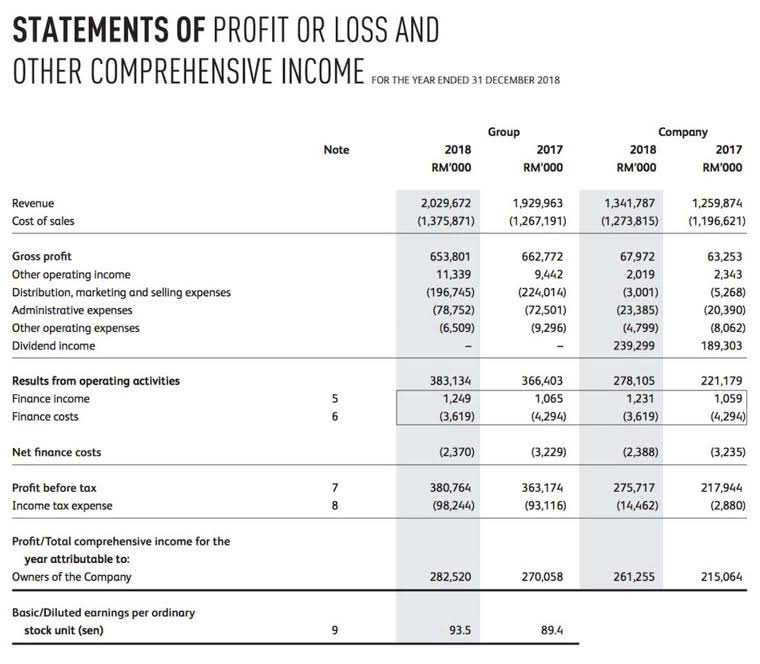
Since many of our assumptions will tell us things like how much revenue we might have, it will also provide some initial guidance on how much we can spend in certain categories in order to get to a break-even point. We’ll walk through each of them — category by category — to make it easy to understand. At first pass, this may look like a lot to digest, but remember, it’s just the same category of numbers repeated 12 times for each month.

For the effects of the business combination, only show the current and immediately preceding periods. It’s helpful for FP&A to provide business leaders with side-by-side comparisons based on different assumptions, better informing the entire decision-making process. If, for instance, management is deciding between two separate proposals or business plans, they can use pro forma statements for each scenario and see which might serve their goals and vision best. To take a gander at what’s coming down the pike, adjust accordingly, and knock business decision after business decision out of the park. And while pro forma financial statements don’t quite provide a crystal ball level of omniscience, they sure do come in handy when it’s time to look at a what-if scenario or two.
How to Create a Pro Forma Statement
Pro forma financial statements are projections that consider hypothetical situations, such as a proposed transaction or a new product launch. Prospective financial statements, on the other hand, provide a forecast of a company’s future financial position based on current business conditions and expected trends. While both types of statements involve predictions, pro forma statements focus on specific scenarios, whereas prospective statements provide a broader outlook on the company’s potential performance. Pro forma financial statements play a crucial role in business planning and decision-making processes. These financial reports are based on hypothetical scenarios, enabling business owners and managers to evaluate potential situations that could occur in the future.
Then, benefit from all the other supercharged features a Work OS (operating system) brings. In order to forecast our business on a go-forward basis, we’ll use our Assumptions tab to project what our business might do throughout the year. For the time being, we just need to make sure we cover the basics of where to track revenue and where to track costs. This proforma example isn’t always possible, especially in Year 1, but it’s always a good place to start to figure out whether we’re heading in the right direction with a new business. Once we have the first pass at all the numbers we’ll then begin the process of tweaking the numbers (assumptions, budgets, etc.) so that we can align the business model with a break-even point.
types of pro forma statements
Businesses in virtually all industries use pro forma invoices to satisfy their internal purchase approval process. Pro forma invoices streamline the sales process by limiting additional back-and-forth after a transaction is intiated, as all terms have been defined upfront. Before delivering an actual invoice, send a client a pro forma invoice that lists the cost of the goods and services you’re planning to provide.
- Upon agreeing, Gary Components sends a proforma invoice as a document of good faith and starts manufacturing the computer monitors.
- The applications vary slightly from program to program, but all ask for some personal background information.
- Harvard Business School Online’s Business Insights Blog provides the career insights you need to achieve your goals and gain confidence in your business skills.
- They’re a way for you to test out situations you think may happen in the future to help you make business decisions.
- Harkening back to the previous section, a company can use a pro forma income statement, balance sheet, and cash-flow statement to project how these events might affect its financial position.
- For publicly-held companies, the SEC requires an introductory paragraph showing the proposed transactions, the company, the period covered, and what the pro forma information describes.
